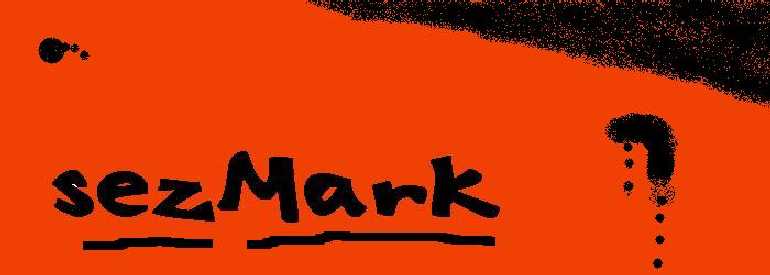 This is Rob VanNatta's interpretation of a workshed. It looks nothing like I remember my Grandpa's. And yet it looks exactly as I remember it. The light streaming through the window, the dust in the air. The old bench cluttered with tools.
This is Rob VanNatta's interpretation of a workshed. It looks nothing like I remember my Grandpa's. And yet it looks exactly as I remember it. The light streaming through the window, the dust in the air. The old bench cluttered with tools.And that I think is the artist's genius. He evokes things you can't see. He puts it there without putting it there. And it's what I aim for as a writer. I want the reader to see things I leave out, to read between the lines, I guess.
It's one of my mantras as a writer; A picture is worth a thousand words. A word creates a thousand pictures.
Rob's painting for example. I could write a thousand words trying to describe the style and composition, the colors and lighting, the mood and other stuff you can't even put into words in a painting like that.
But every person that reads the word 'Grandpa' sees a score of mental images that represent Grandpa to them. A different set of pictures for every reader. If writing makes those pictures come to life, it works. If a painting stirs up all the words you can't quite say, it works.
I borrowed this from Rob because I like his work, it makes me think. And because he's just cool. I think you would probably like it too. Check it out at his site.


2 comments:
"Grandpa" brings up thousands of images even though I called mine "Granddaddy." He never had a workshop, although he a shed behind his house that was full of bumble bees and old garden tools.
I like the idea of having readers read between the lines and fill in the space with their own imagery.
This is so true.
I see a whole row of babyfood jars that organized screws and tacks my my Grandpa's upholstery shop.
You see that, don't you?
Post a Comment